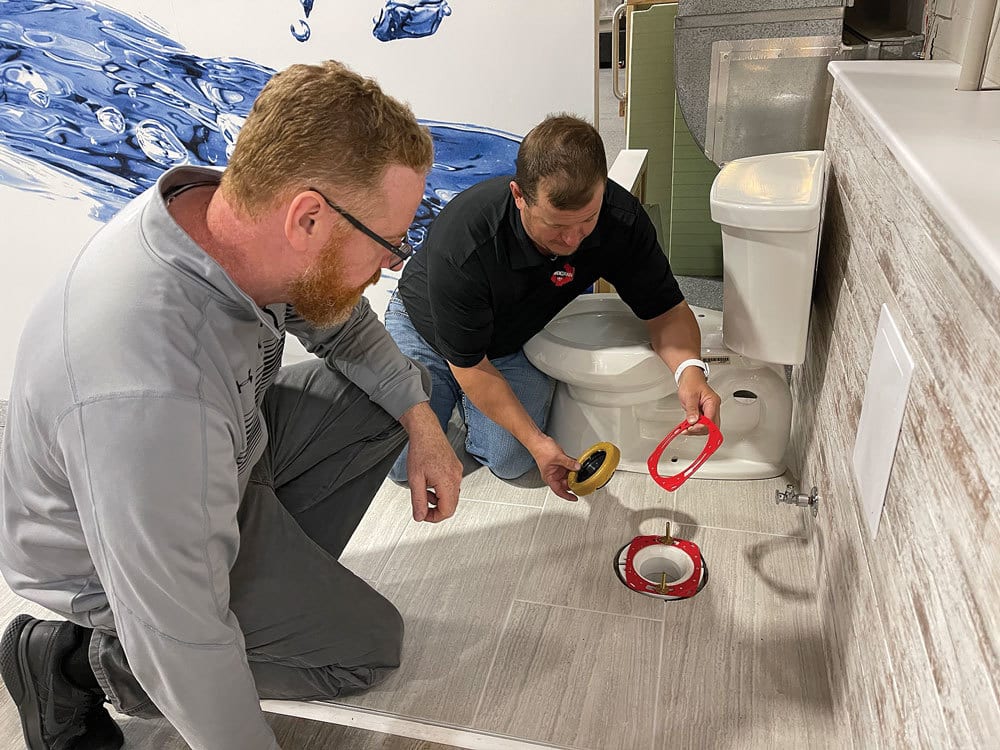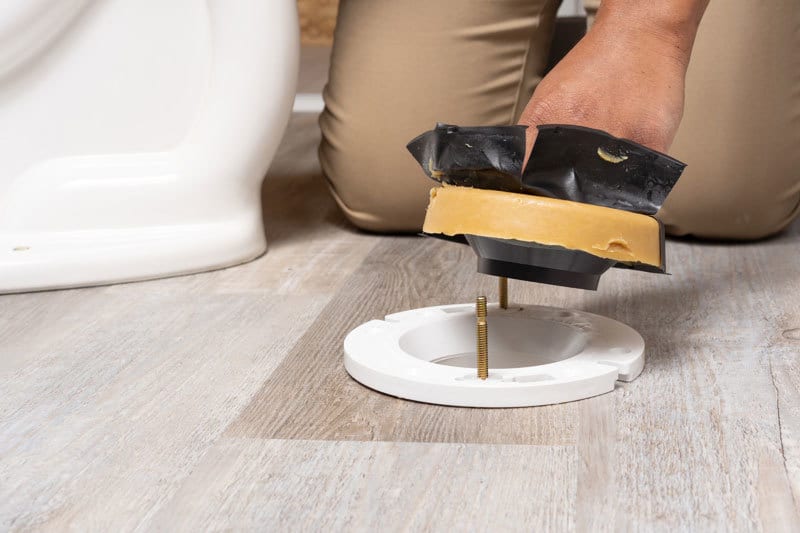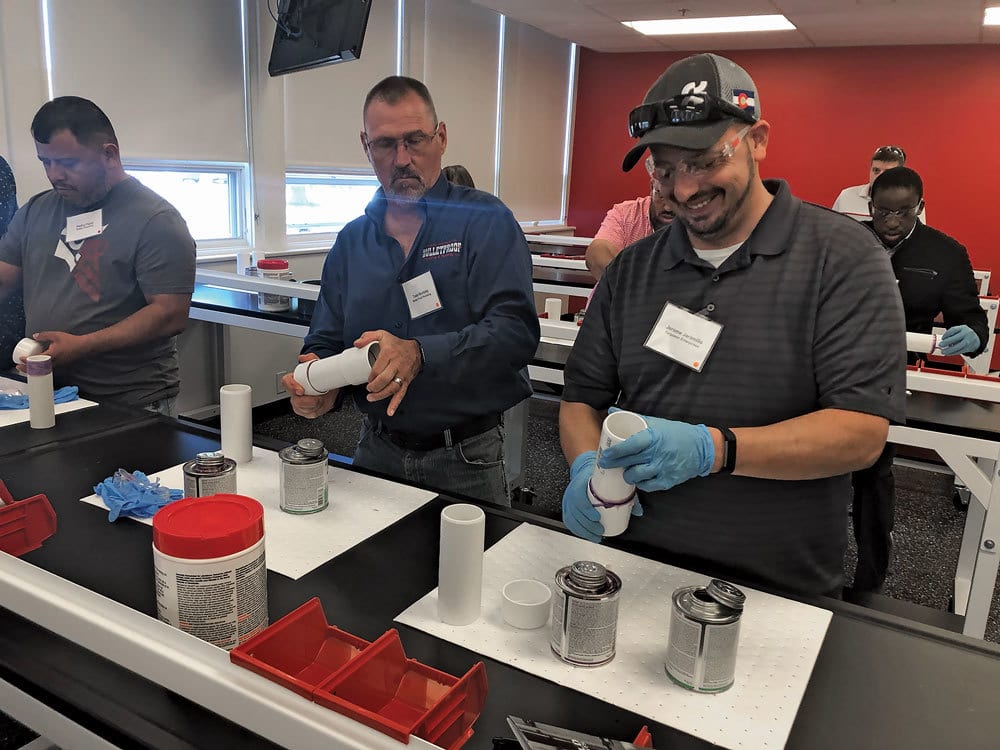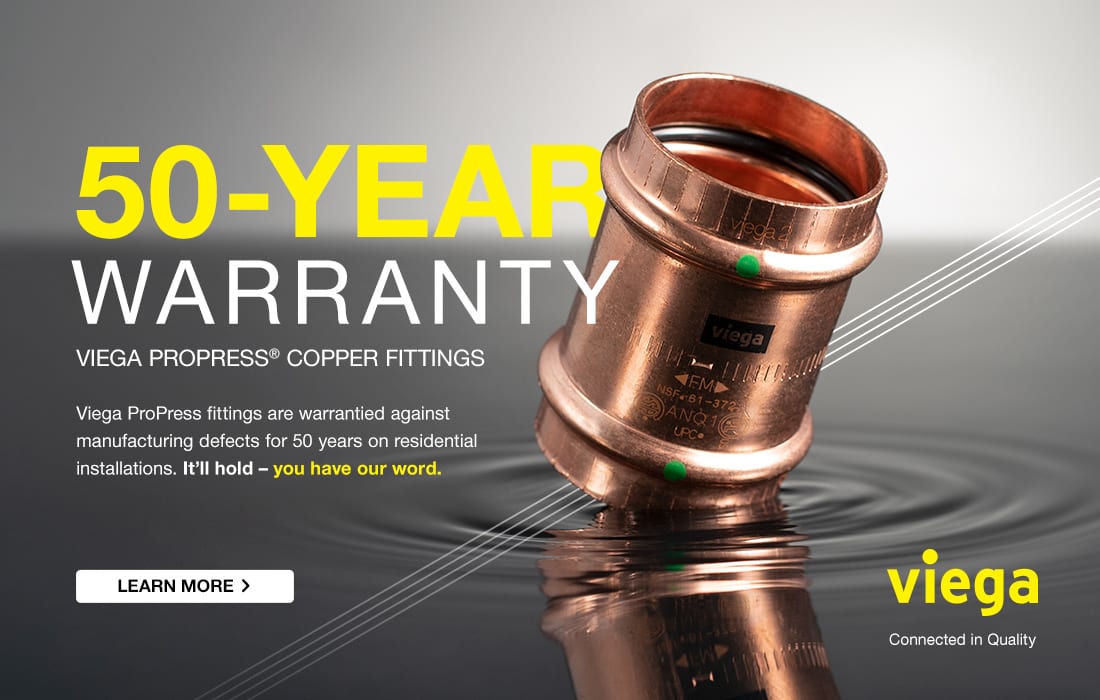Waxing eloquent
Wax Toilet-Bowl Gaskets: Do you like them plain or with a horn?

Wax toilet-bowl gaskets, or rings, are those incredibly sticky, amber-colored wax doughnuts that are used for sealing the gap between closet flanges (which cap toilet-waste lines and are screwed to the floor) and the bottom outlet on toilet bowls. The heavy-bodied petroleum-based wax is shaped to prevent the leakage of sewer gas and water.
There are two basic types of wax rings. Plain wax rings, and sleeved wax rings, which have a built-in polyethylene funnel on the bottom that slips down into the closet flange and helps guide the installer when setting the bowl.
I prefer to use sleeved rings instead of plain rings because sleeved rings are less likely to develop leaks or accidentally partially block the bowl’s outlet. In fact, the William H. Harvey Co., which makes both types of rings, calls its sleeved rings No-Seep gaskets. Plain rings, however, can be shaped to fit old toilets that won't accept the newer sleeved rings. They're also handy for building up sleeved rings when you need a thicker gasket. Incidentally, extra-thick-sleeved rings are available that produce a more positive seal than the doubled rings do.
William H. Harvey also is the only company I know of that makes wax-impregnated urethane toilet-bowl rings. According to Harvey, these rings, which come with or without polyethylene sleeves, hold their shape exceptionally well over the long haul for an extra measure of protection. The wax-impregnated urethane rings cost a bit more than the other types, but they're also the only gaskets that are available on the market to carry a 10-year guarantee against leakage.
When you're shopping for toilet bowl rings, make sure you choose rings that are sized to fit the diameter of your waste lines. Install the rings at room temperature so the wax will flow and seal joints properly. Take the wax ring inside during winter weather well in advance of attempting to install them!
William H. Harvey Co.: “You can't start a business on one product. . .”
In 1944, William H. Harvey, SR. received a death sentence: Spinal meningitis, the doctor’s report read. His 13-year-old son, Jack, had just died from this dreaded disease. Then, a ruptured appendix added to Harvey, Sr.'s burden. After a long recovery, but unable to continue in his plumbing profession, Harvey sought a way to support his family of six. He found the answer in the junk yards of Omaha, Nebraska.
Using scrap metal and little equipment, he built his own turning lathe and then his own manufacturing equipment for a new line of plumbing supplies. His operation was complete in the basement of his home. William H. Harvey originated the idea of the pre-formed wax gasket for setting toilet bowls, Bol-Wax. He combined seven different kinds of wax to make a mixture, which he knew would satisfy the needs of the plumber. He knew from 25 years of experience as a master plumber, that the wax must never harden, deteriorate or dry out, or else the seal would become ineffective. Cold temperatures must also be considered, because here too, if the gasket was too hard when the toilet bowl was tightened down, the bowl would crack.
When you're shopping for toilet bowl rings, make sure you choose rings that are sized to fit the diameter of your waste lines. Install the rings at room temperature so the wax will flow and seal joints properly. Take the wax ring inside during winter weather well in advance of attempting to install them!

The 'factory' in 1944 was the family garage. Bill Jr., and a few of the neighbor boys helped make boxes and package gaskets while Harvey did the molding. Mrs. Harvey handled all of the office work while taking care of the family of six. 1,400 gaskets a day was high production. Sales at first were only to the local plumbers, but word of a new and easy method to set toilet bowls spread fast. Soon, the little factory in the garage was going day and night. Methods of production were steadily improved. Harvey built every bit of the machinery.
In 1950, the plant was moved to a midtown location. The building was more than adequate but, as sales increased, more machines had to be built. Harvey worked late into the night for three years to build the machinery used to produce Bol-Wax gaskets.
Growth continued, and more expansion was needed — more speed and less handling. Today, through a steady line of progress, which included a move in 1990, the company has a more modern manufacturing facility totaling 190,000 square feet. Wax is now purchased in tank cars from the leading petroleum companies and made to the company’s specifications and tested to maintain strict quality control.
It would be difficult to find a hardware store, supply house wholesaler, or retailer that does not stock some products made by the Harvey Co. Sales reps call on thousands of plumbing and hardware wholesalers. New items are constantly evaluated and added every year.
Now a division of Oatey, the Harvey line of products is well represented.
Oatey is dedicated to helping contractors improve their skills via the Oatey University, located in Cleveland, Ohio. According to Oatey, the 20,000-square-foot facility was developed by an expert team of plumbing specialists for robust in-person and remote learning. It offers full-size mockups of various jobsite settings, including a hotel bathroom and a residential rough-in plumbing system, where individuals can perform installations and earn continuing education credits/certifications. The facility houses two interactive labs for solvent welding and heating/chemical applications. There is also a large classroom on-site designed for lecture-style learning, meetings, community events and more.

Photos courtesy of Oatey.
This article was originally published in PME in April 2020.
